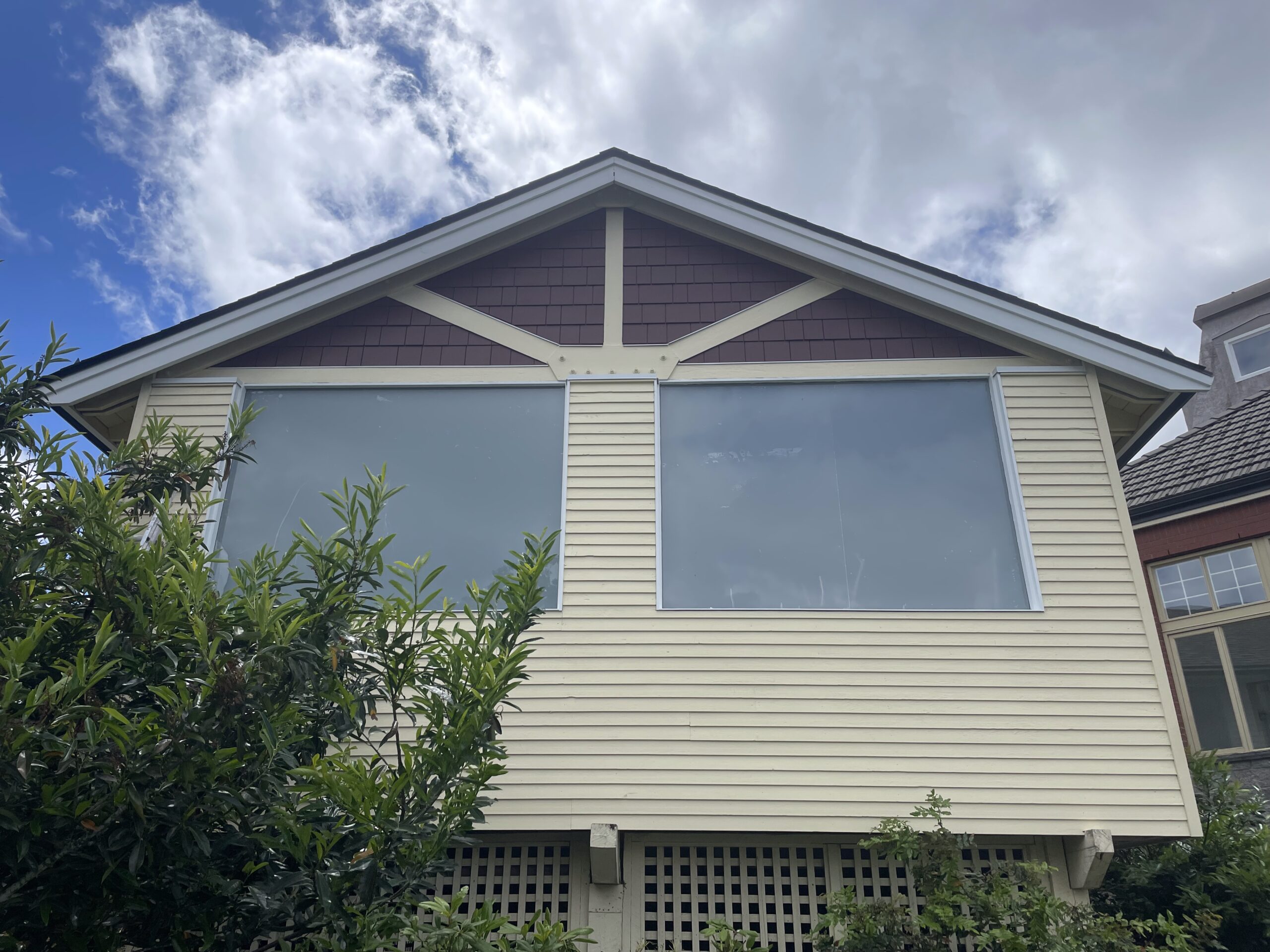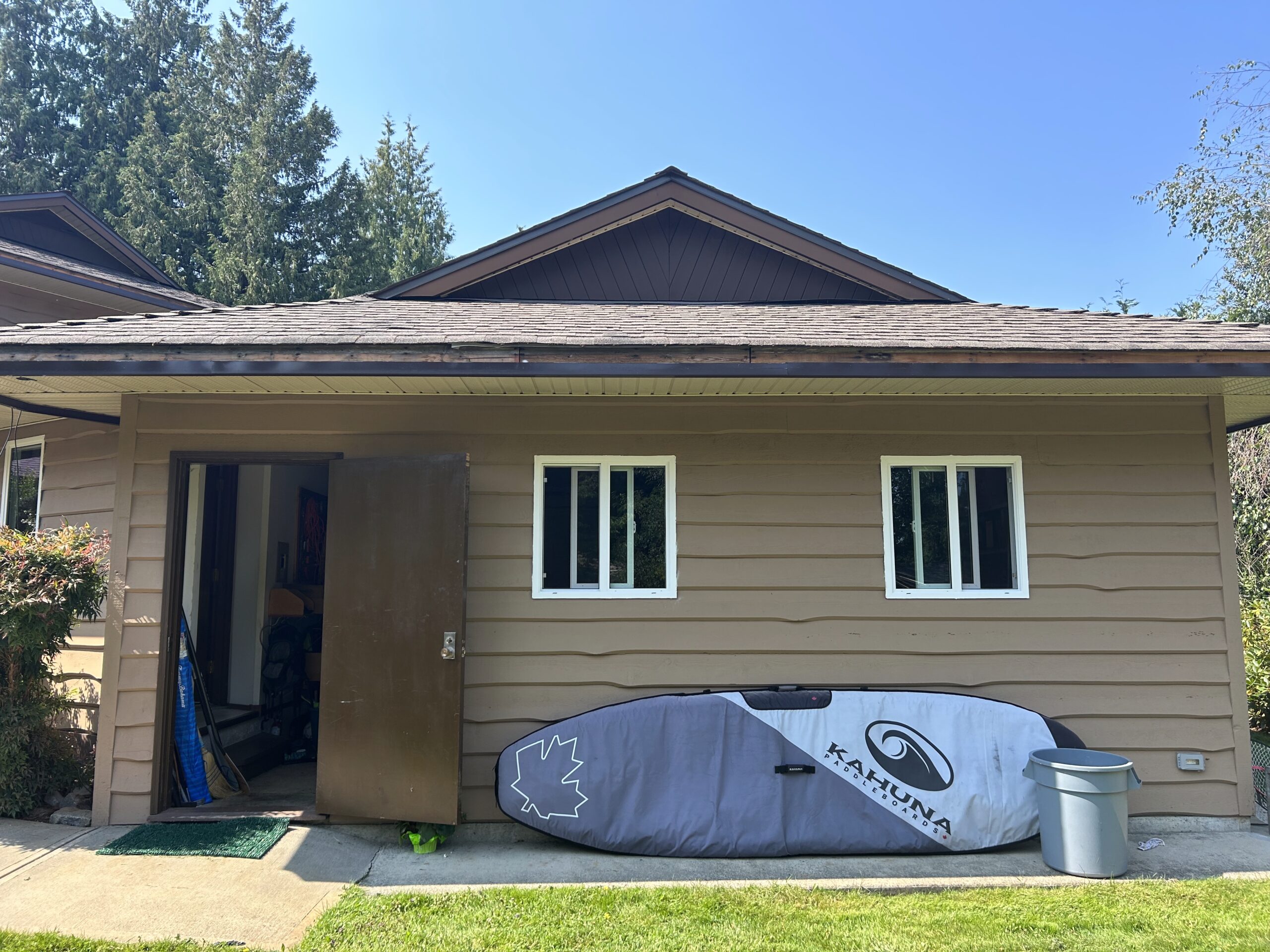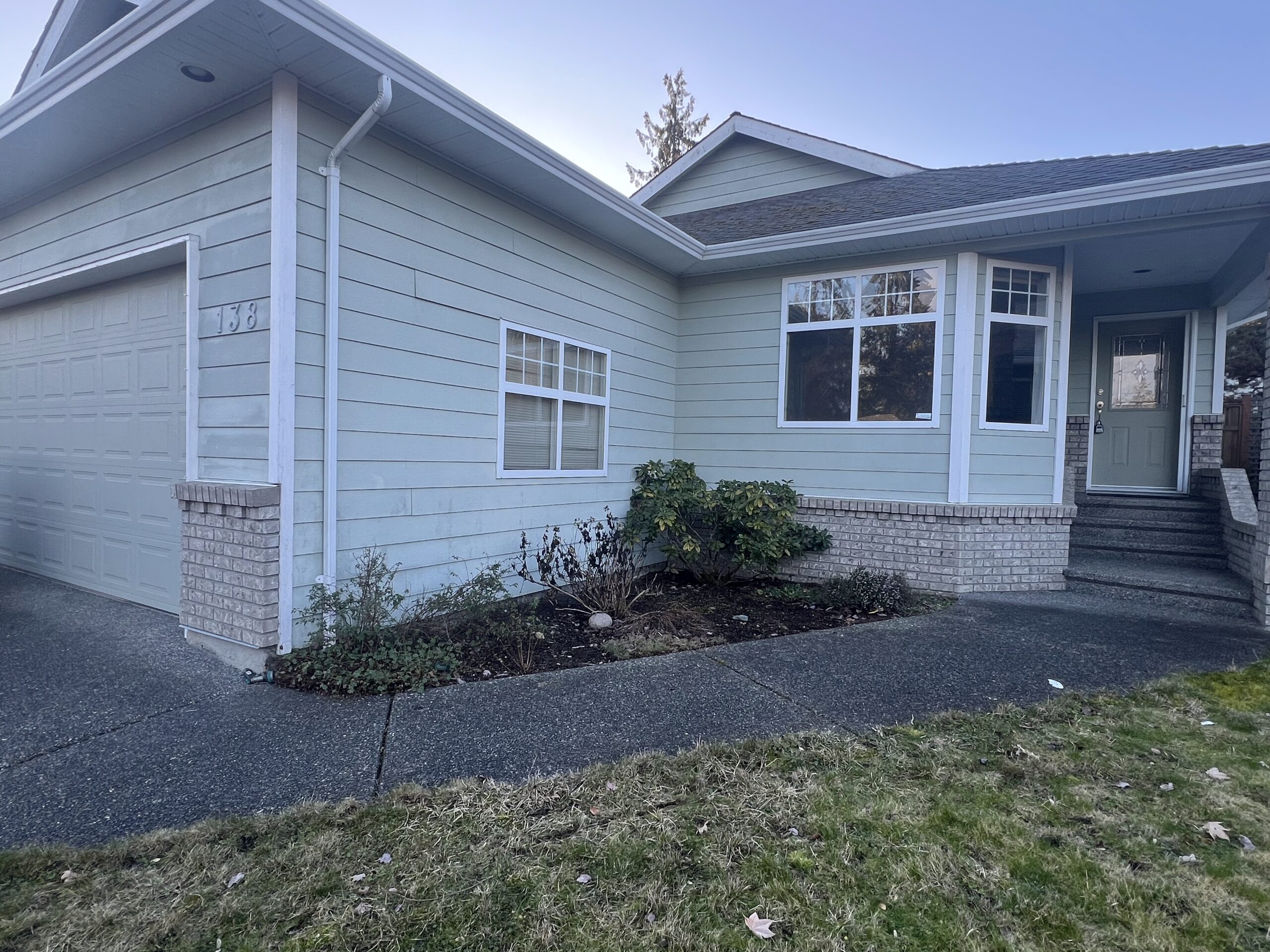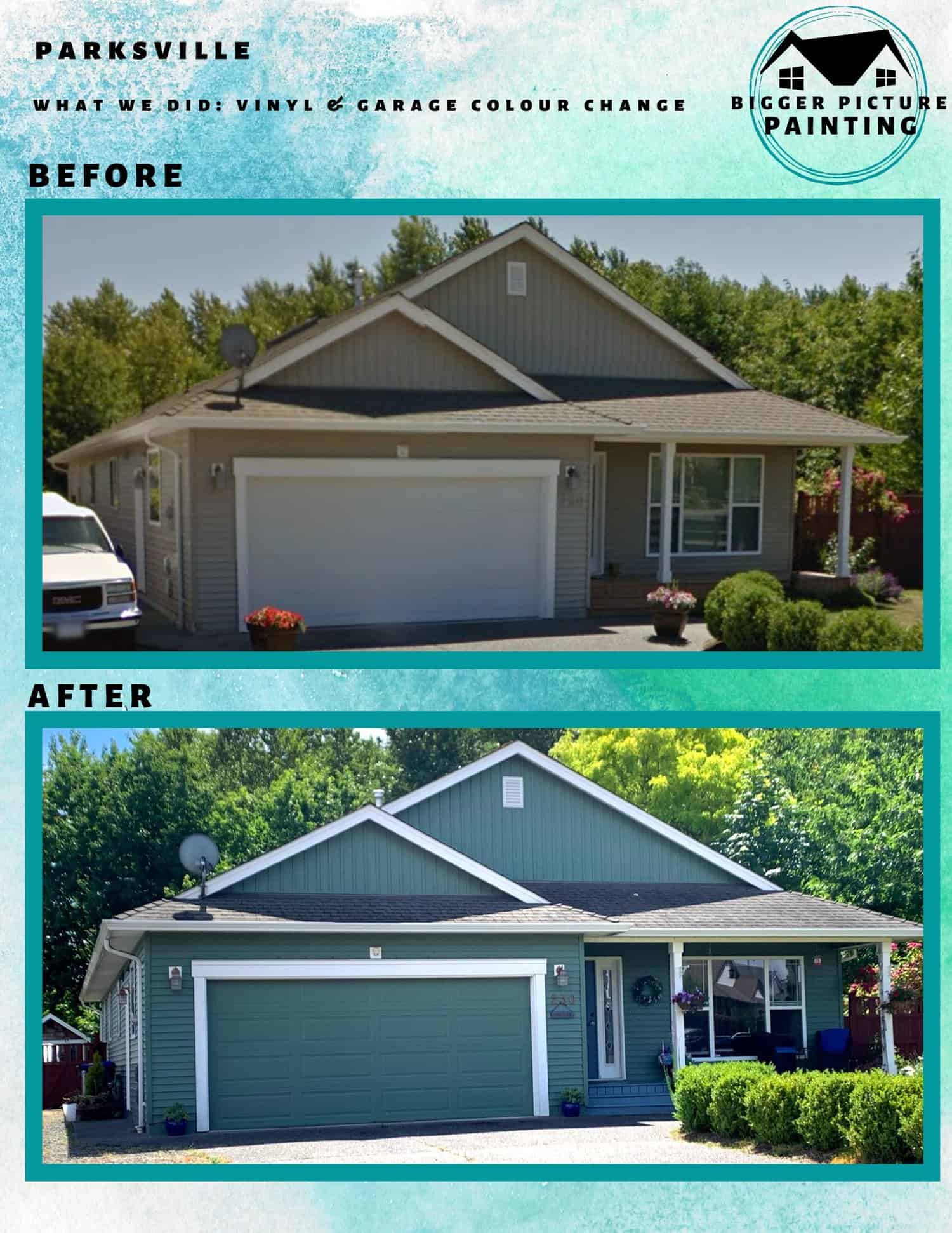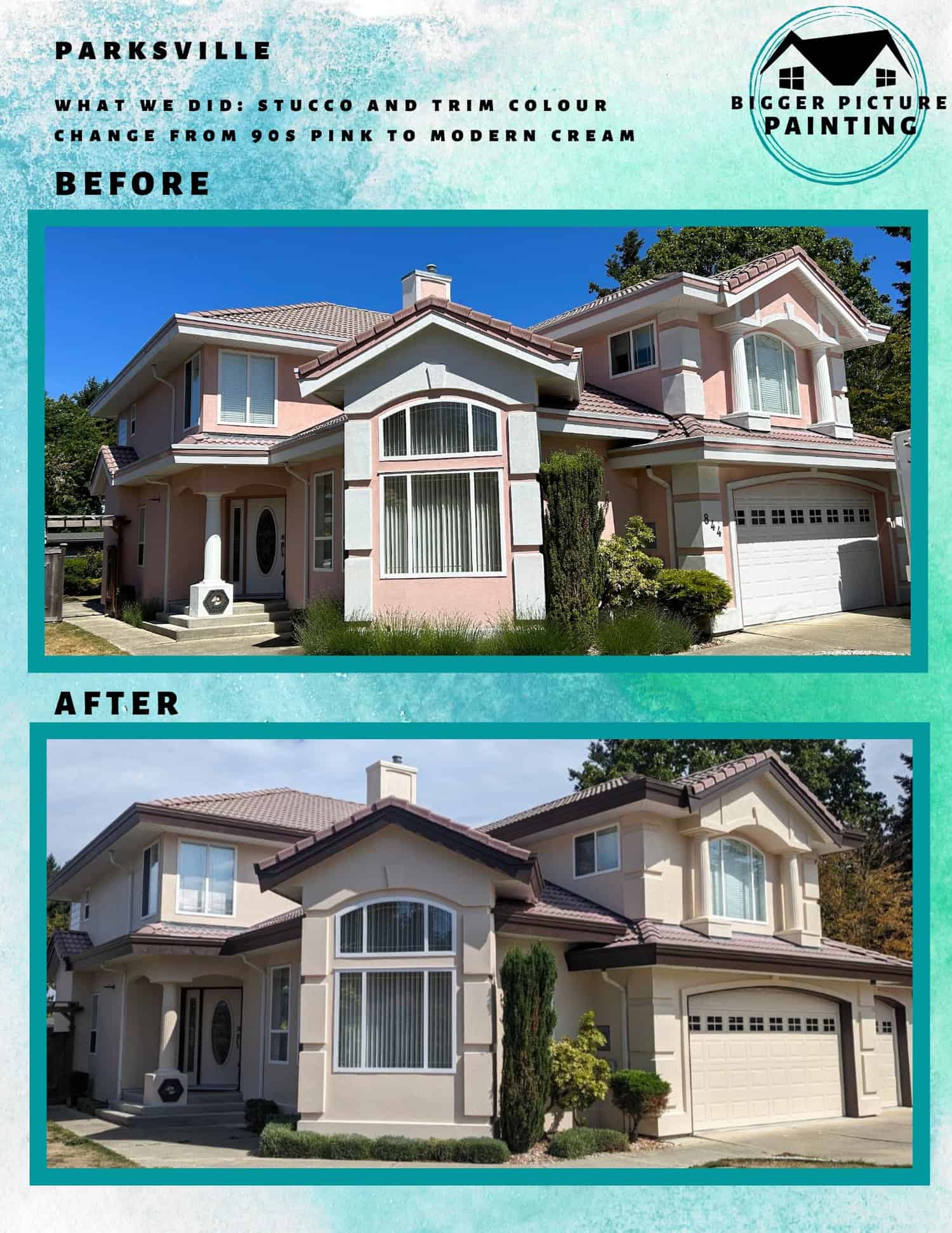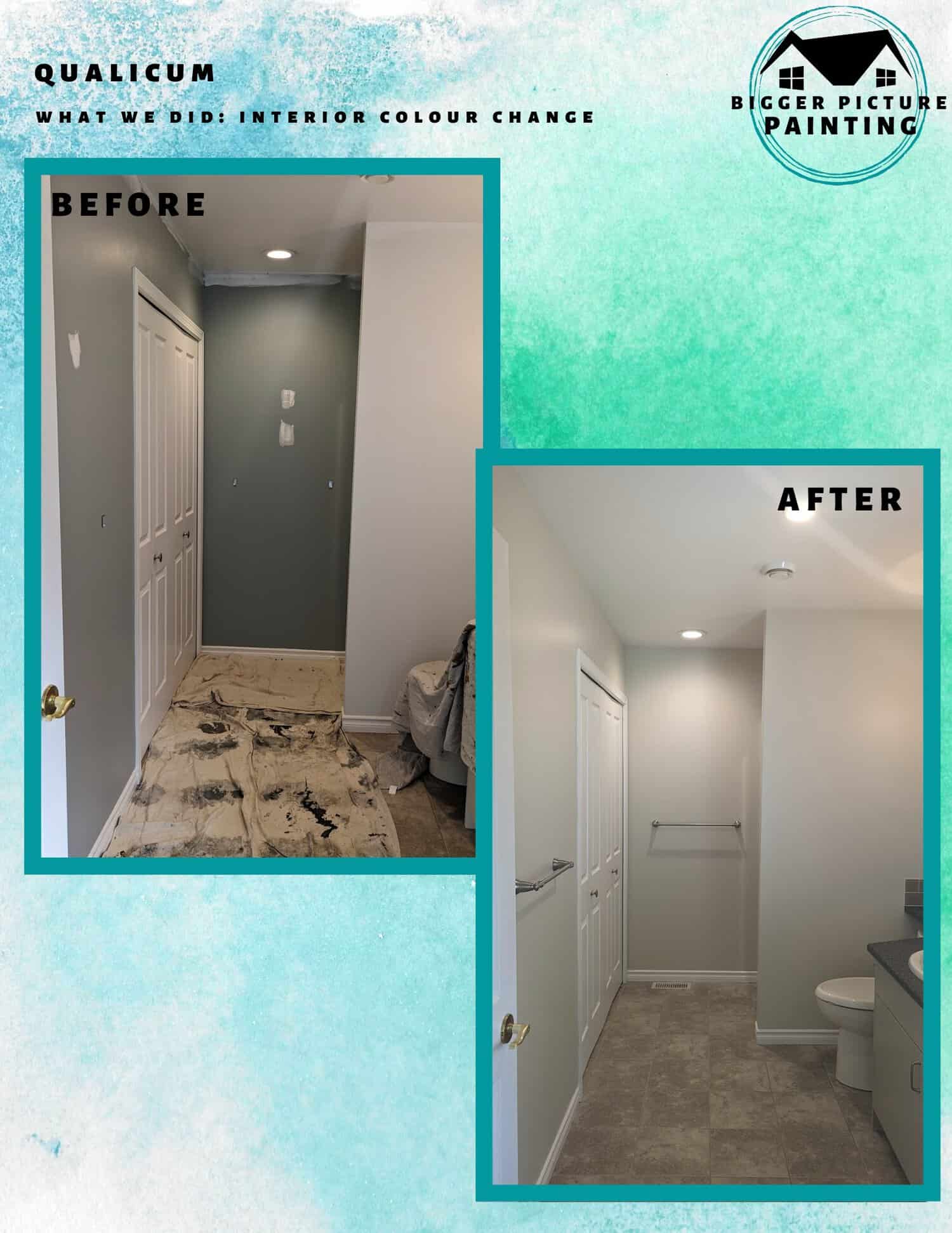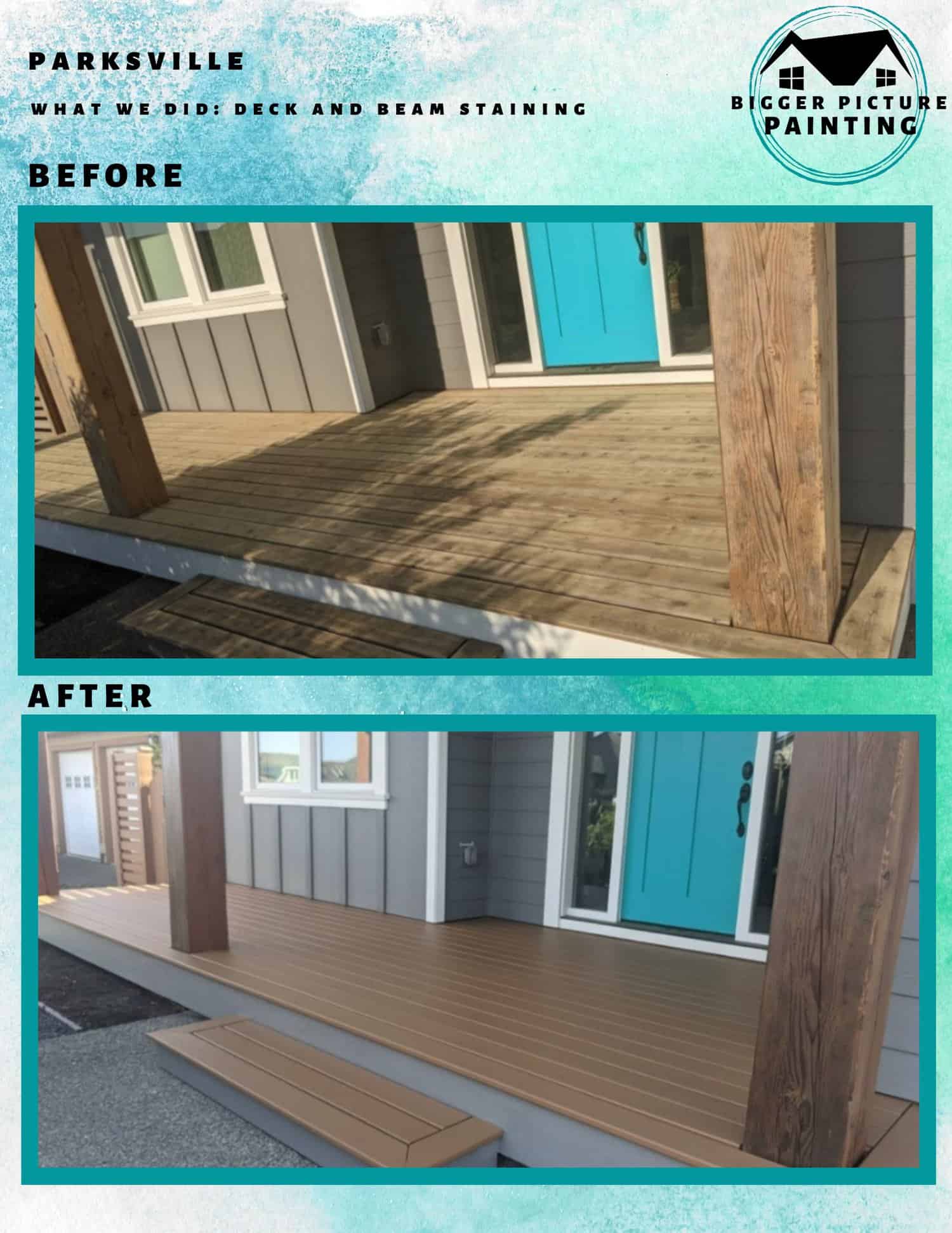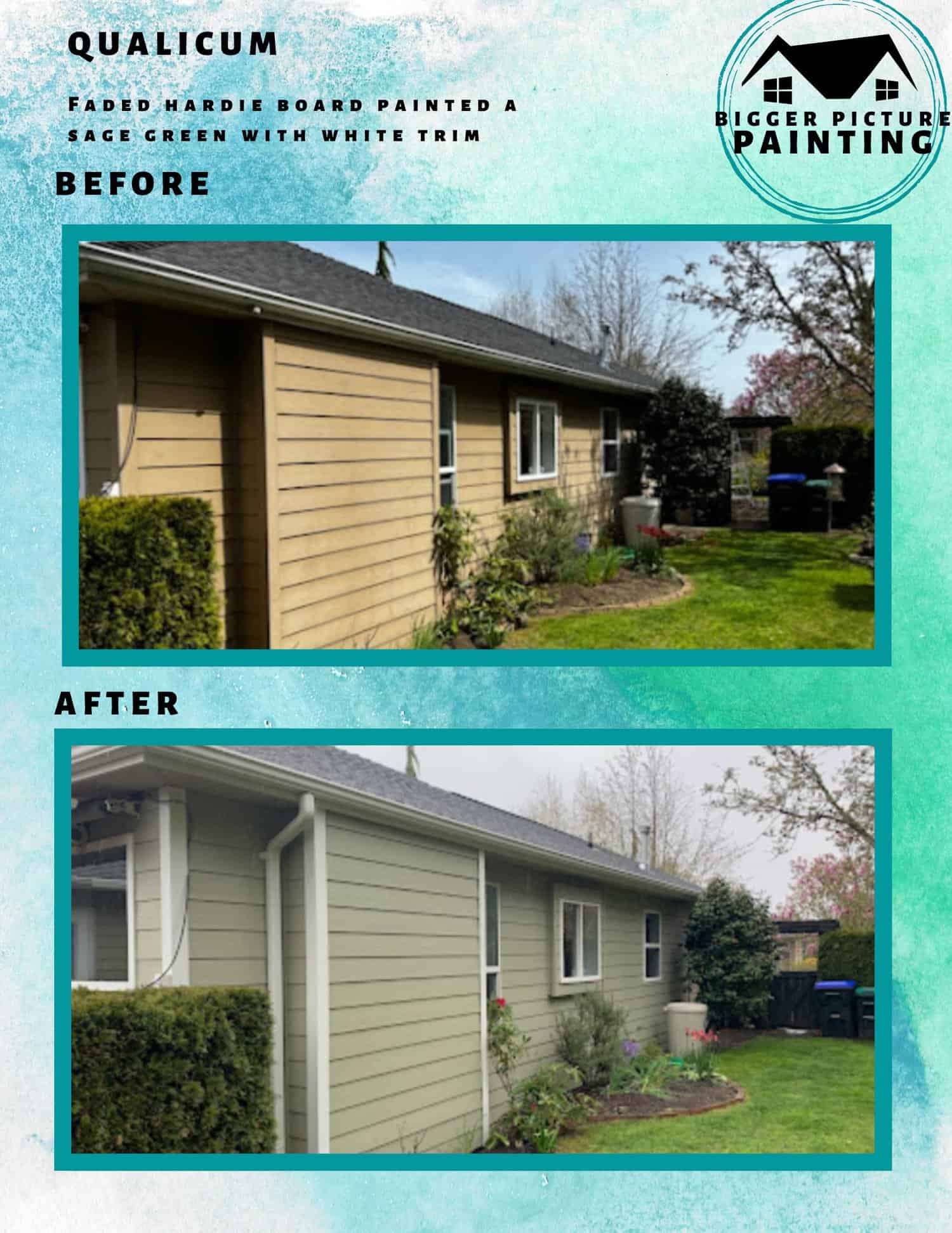Wood siding offers charm, character, and timeless curb appeal. But whether you own a home, manage a historic building, or oversee a multi-unit property, one question inevitably arises when that siding starts to weather: Should you paint or stain it?
The choice isn’t purely aesthetic—it impacts longevity, cost, protection, and future maintenance. Painting and staining offer fundamentally different approaches to wood protection, and the best choice depends on your siding’s condition, wood type, exposure, and overall goals.
This guide walks smart homeowners, property managers, HOA board members, and building owners through a fact-based, product-specific comparison between paint and stain.
What’s the Core Difference Between Paint and Stain?
Paint: A Surface Film That Hides Grain
Paint forms a solid film that sits on the wood’s surface. It completely conceals the grain and offers the widest range of colors and sheens. Because it doesn’t penetrate, adhesion depends heavily on proper priming and surface prep.
-
Hides imperfections
-
Offers complete color control
-
Builds a barrier against sun and water
Stain: A Penetrating Finish That Highlights Grain
Stain, especially transparent or semi-transparent types, soaks into the wood and emphasizes its natural texture. Solid stains are more opaque and perform somewhat like paint, but still maintain a breathable finish.
-
Enhances the wood’s natural look
-
Allows moisture vapor to escape
-
Less prone to peeling or blistering
When to Choose Paint for Wood Siding
Benefits of Painting
When applied correctly, paint offers maximum protection and aesthetic impact. For older wood or previously painted surfaces, it’s often the only viable option.
-
Longer lifespan: Typically lasts 8–12 years.
-
High UV resistance: Reduces fading on sunny walls.
-
Hides flaws: Perfect for patched or repaired siding.
-
Thicker protection: Resists rain, wind, insects, and mildew.
Best Surface Conditions for Paint
-
Surfaces previously painted
-
Older siding with blemishes or cracks
-
Softwoods like pine or spruce, where grain visibility is less important
Best Paint Systems for Wood Siding
| Brand/Line | Best Use |
|---|---|
| Sherwin-Williams Duration | Long-lasting acrylic for harsh climates |
| Benjamin Moore Aura® Exterior | High-end homes, color retention |
| Behr Premium Plus Ultra | Budget-friendly, good for basic needs |
Pro Tip: Always pair exterior paint with a primer like Zinsser Cover-Stain or Benjamin Moore Fresh Start for improved adhesion and longer life.
When to Choose Stain for Wood Siding
Benefits of Staining
Stain is ideal for preserving the natural look of wood while allowing it to breathe. It’s easier to maintain over time and more forgiving when it comes to recoats.
-
Natural appearance: Accentuates texture and grain
-
Breathability: Moisture escapes—less peeling
-
Ease of recoating: No sanding required between coats
-
Lower prep burden: Cleaning and drying are usually enough
Best Surface Conditions for Stain
-
New cedar, redwood, or other hardwood siding
-
Previously stained surfaces
-
Buildings in wet or humid climates
Best Stain Products for Exterior Wood Siding
| Brand/Line | Recommended For |
|---|---|
| Cabot Semi-Solid Acrylic Siding Stain | UV resistance with visible grain |
| Sherwin-Williams WoodScapes Solid Stain | Excellent coverage with breathable film |
| Benjamin Moore Arborcoat® | Long-lasting solid or semi-solid finishes |
| Penofin Ultra Premium Transparent Oil | Ideal for high-end woodgrain preservation |
Durability and Maintenance Comparison
| Feature | Paint | Stain |
|---|---|---|
| Lifespan | 8–12 years | 3–8 years (solid stain lasts longer) |
| Surface Prep | Sanding, priming required | Power wash and dry |
| Touch-up Ease | Difficult to blend | Easy to recoat |
| Peeling Risk | Higher if wood traps moisture | Lower due to breathability |
| Maintenance Cost | Higher (labor-intensive) | Lower (clean and reapply) |
Paint lasts longer—but only with extensive prep. Stain needs more frequent reapplication but costs less per cycle.
Climate and Environmental Considerations
Hot, Sunny Climates
Paint generally holds up better to intense sun but may fade over time. Use light-reflective colors or UV-resistant finishes like Aura Exterior or WoodScapes Solid in these conditions.
Humid or Rainy Regions
Stain is preferred because it allows trapped moisture to escape, minimizing blistering or rot. Penofin and Arborcoat Semi-Transparent perform especially well in coastal or foggy zones.
Cold/Freeze-Thaw Zones
In areas where temperatures fluctuate heavily, solid stains or elastomeric paints help prevent cracking. Paint is more rigid and may split if moisture freezes beneath the surface.
Substrate and Wood Type Considerations
Cedar or Redwood
Use semi-transparent stains to enhance the grain. These woods are naturally rot-resistant, and breathable finishes help them last longer without sacrificing beauty.
Pine or Engineered Wood (e.g., LP SmartSide)
Solid stain or paint is better suited. These substrates tend to absorb unevenly and require high-quality primers to seal sap or knot bleed.
Weathered or Aged Wood
Older wood can drink up stain unevenly. If heavily aged, solid stain or paint is recommended. Use a wood conditioner or apply a tinted primer for even absorption.
Installation and Application Differences
Paint Application Process
-
Pressure wash and let dry
-
Scrape peeling paint
-
Prime bare wood
-
Caulk joints and patch cracks
-
Apply two coats of exterior-grade paint
Stain Application Process
-
Clean with a wood cleaner or pressure washer
-
Let wood dry fully
-
Apply one or two coats of stain
-
Back-brush to ensure penetration and uniformity
Labor Cost Comparison
Paint jobs take longer due to prep and drying time. Staining, particularly re-staining, tends to require less labor and can often be completed faster.
Cost Comparison – Paint vs. Stain for Wood Siding
| Expense Category | Paint | Stain |
|---|---|---|
| Material Cost (Per Gal) | $40–$80 | $35–$70 |
| Labor | Higher due to sanding & priming | Moderate to lower |
| Maintenance Frequency | Every 8–12 years | Every 3–8 years |
| Maintenance Cost | Higher due to scraping, priming | Lower due to simpler recoats |
TIP: Solid stains combine many of the benefits of both—coverage like paint, ease like stain.
Long-Term Property Value and Curb Appeal
Aesthetic Longevity
Paint gives sharp, bold color that lasts for years—perfect for modern, colonial, or commercial properties. Stain creates a soft, natural finish ideal for cabins, craftsman homes, or rustic buildings.
HOA or Architectural Guidelines
Some communities require painted finishes for uniformity. Others prefer stain for natural consistency. Always check local restrictions before starting.
Customization Options
Paint offers infinite color choices. Stain color palettes are more limited but increasingly stylish—think driftwood grays, cedar reds, and coastal browns.
Common Mistakes to Avoid
| Mistake | Why It’s a Problem |
|---|---|
| Painting over old stain without sanding | Poor adhesion leads to peeling |
| Using transparent stain on aged wood | Uneven finish; highlights imperfections |
| Choosing for looks alone | Ignoring climate or surface condition causes failure |
| Skipping primer for paint | Reduces adhesion and shortens paint life |
| Not testing color or transparency | Final finish may be too bold or not opaque enough |
Service-Specific Advice from Professional Painters
What Pros Recommend by Property Type
-
Historic homes: Solid stains or breathable mineral-based paints
-
Vacation cabins: Semi-transparent stains for rustic beauty
-
Commercial buildings: Paint for long-term branding and durability
-
High-end residences: Premium paint (Aura or Duration) for color depth and clean finish
Warranty Considerations
Paint warranties often run 7–15 years (product only). Stains typically offer shorter warranties but require less aggressive prep to maintain. Always ask about workmanship warranties, which cover labor-related issues.
Conclusion
Whether you choose paint or stain for your wood siding, the best results come from choosing the right product, applying it correctly, and maintaining it over time.
Paint gives you bold color, longer intervals between maintenance, and stronger surface protection. Stain offers breathability, wood visibility, and lower upkeep costs—especially in damp or flexible climates.
Base your decision on surface condition, wood type, exposure, HOA rules, and your maintenance preferences. If you’re still unsure, a qualified painter can inspect your siding and recommend the ideal finish.

